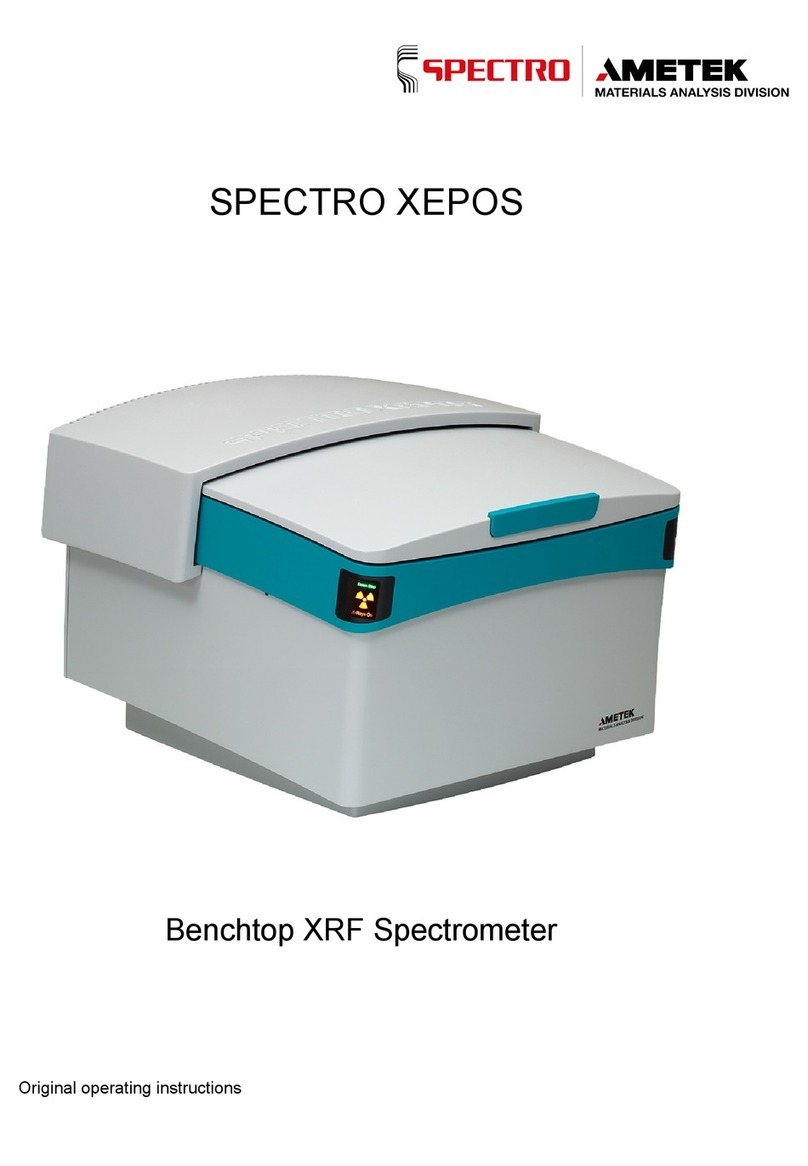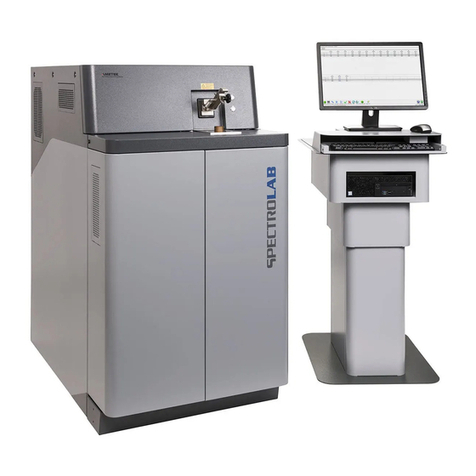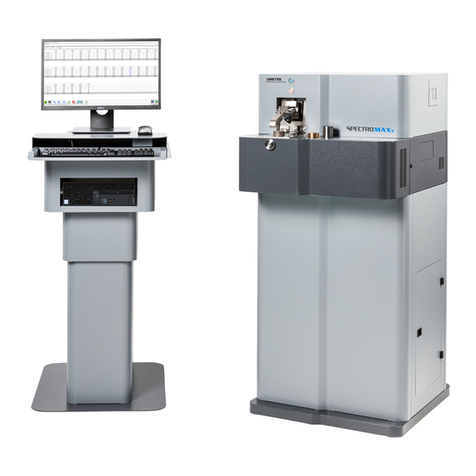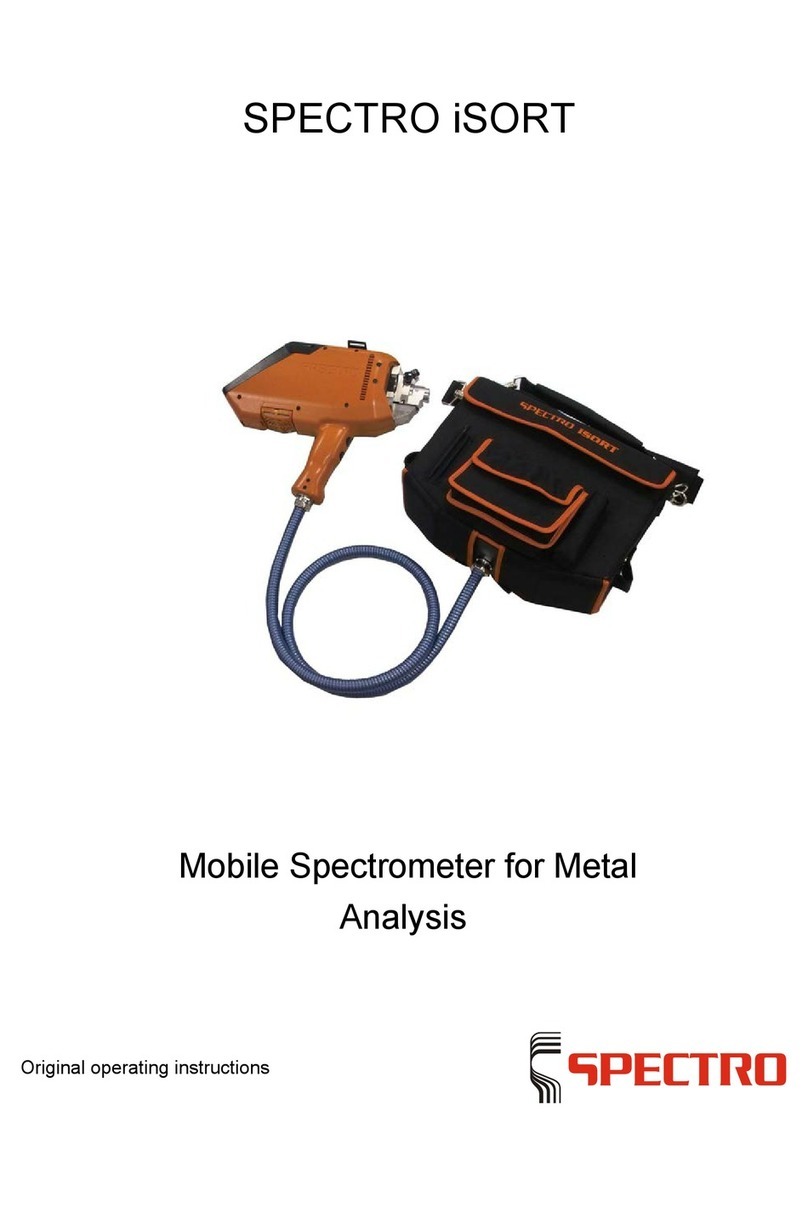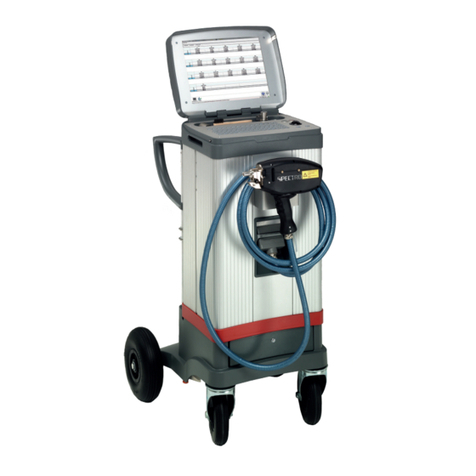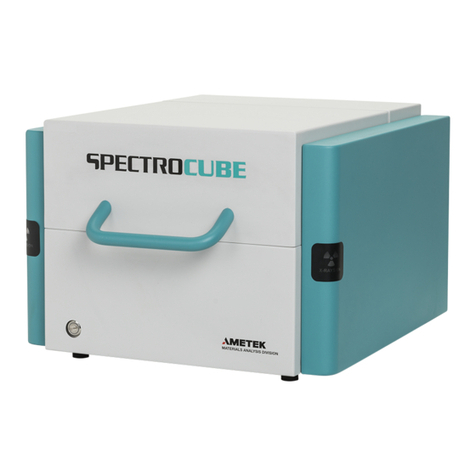
— 05.09.2014 —
Table of Contents
1Unit description...................................................................................................5
1.1 Function .............................................................................................................................. 5
1.2 Overview............................................................................................................................. 5
1.2.1 Unit ........................................................................................................................ 5
1.3 Lithium battery .................................................................................................................... 6
1.3.1 Technical data ....................................................................................................... 8
1.3.2 Handling ................................................................................................................ 8
1.4 Docking Station................................................................................................................... 9
1.4.1 Overview................................................................................................................ 9
1.4.2 Handling .............................................................................................................. 10
2Safety................................................................................................................14
2.1 User information................................................................................................................ 14
2.2 Intended use ..................................................................................................................... 15
2.3 Prohibited operating conditions ........................................................................................ 15
2.4 Residual risk ..................................................................................................................... 15
2.5 Radiation protection advice .............................................................................................. 20
2.5.1 Safety modes in the manual mode...................................................................... 20
•Mode 1................................................................................................................. 20
•Mode 2................................................................................................................. 20
2.5.2 Docking station safety mode ............................................................................... 20
2.6 Safety devices................................................................................................................... 21
2.6.1 Shutter................................................................................................................. 21
2.6.2 Protective sleeve................................................................................................. 21
2.6.3 Docking Station ................................................................................................... 21
2.6.4 Radiation protection shield for non-metallic applications.................................... 22
2.6.5 Radiation protection plate for metal applications ................................................ 23
2.7 Radiation dose under various measurement conditions................................................... 24
2.7.1 Example 1:........................................................................................................... 24
2.7.2 Example 2:........................................................................................................... 26
2.7.3 Example 3:........................................................................................................... 27
2.7.4 Example 4:........................................................................................................... 28
2.7.5 Example 5:........................................................................................................... 29
2.7.6 Example 6:........................................................................................................... 30
3Measurement of various materials....................................................................32
3.1 General ............................................................................................................................. 32
3.2 Measurement of metallic samples.................................................................................... 32
3.3 Measurement of non-metallic samples............................................................................. 32












